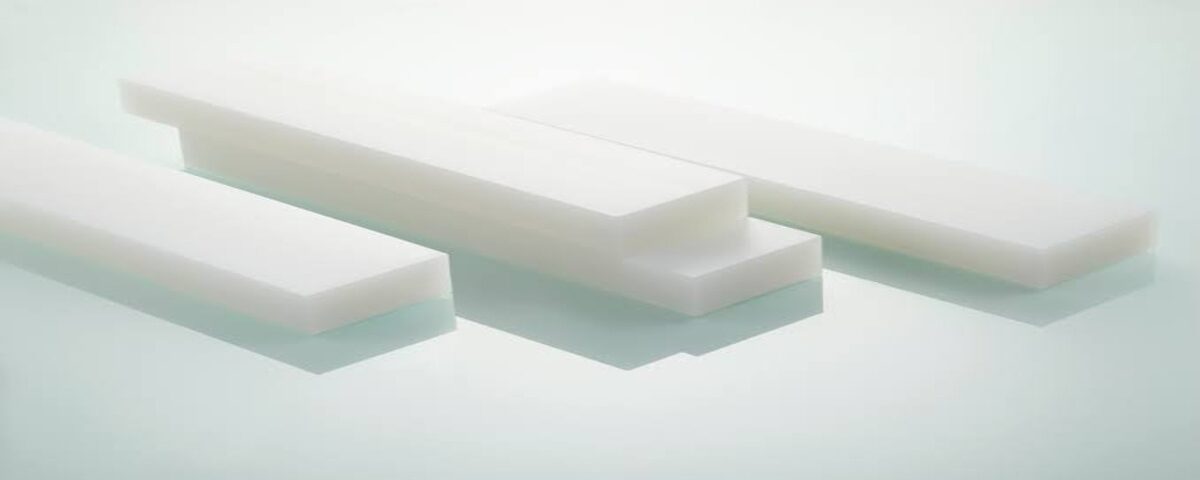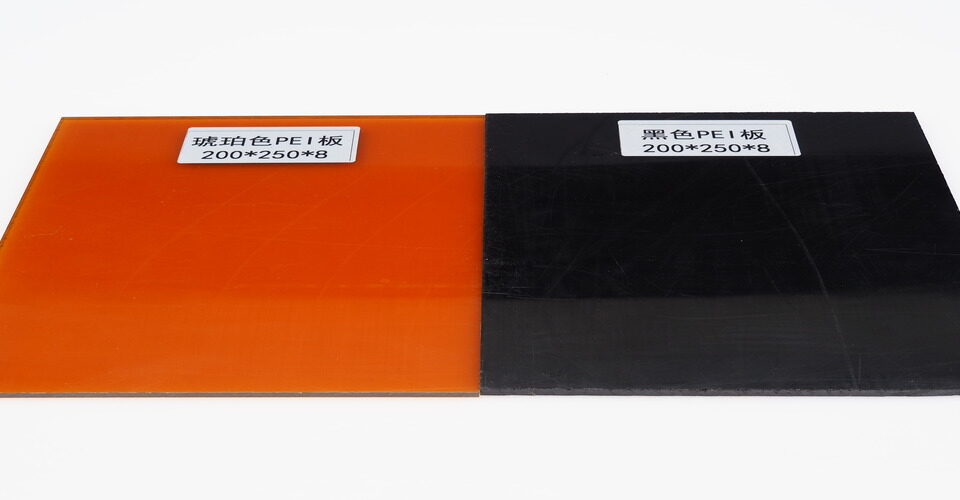
Is PTFE Good or Bad?
October 15, 2024
Why Is PVDF Expensive?
October 15, 2024Introduction to PVDF and PVC
Polyvinylidene fluoride (PVDF) and polyvinyl chloride (PVC) are two distinct thermoplastic polymers commonly used in various applications. While they share some similarities, they have different chemical compositions and properties.

Chemical Composition
PVDF is made from the polymerization of vinylidene fluoride monomers, resulting in a fluoropolymer. PVC, on the other hand, is produced from the polymerization of vinyl chloride monomers. This fundamental difference in composition affects their characteristics and uses.
Physical Properties
PVDF is known for its exceptional chemical resistance, thermal stability, and mechanical strength. It can withstand high temperatures and harsh chemicals, making it ideal for demanding applications. PVC, while also resistant to chemicals, is less heat-resistant and has a lower tensile strength compared to PVDF.
Applications
PVDF is often used in applications such as piping, coatings, and electrical insulation, particularly in industries like pharmaceuticals and chemicals. PVC is more commonly found in construction materials, plumbing, and electrical cable insulation due to its versatility and lower cost.
Conclusion
In summary, PVDF and PVC are not the same. They differ in chemical structure, physical properties, and applications. While both polymers have valuable uses, understanding their differences is essential for selecting the appropriate material for specific needs.






